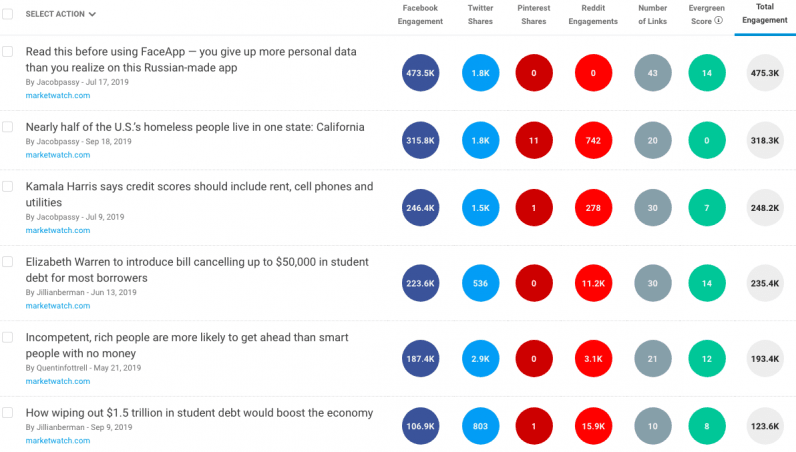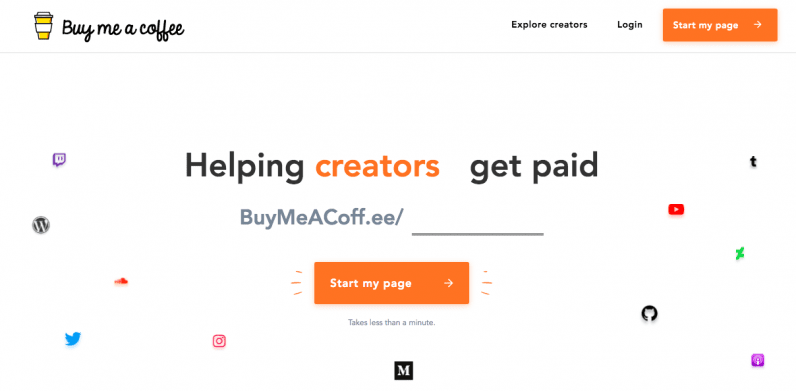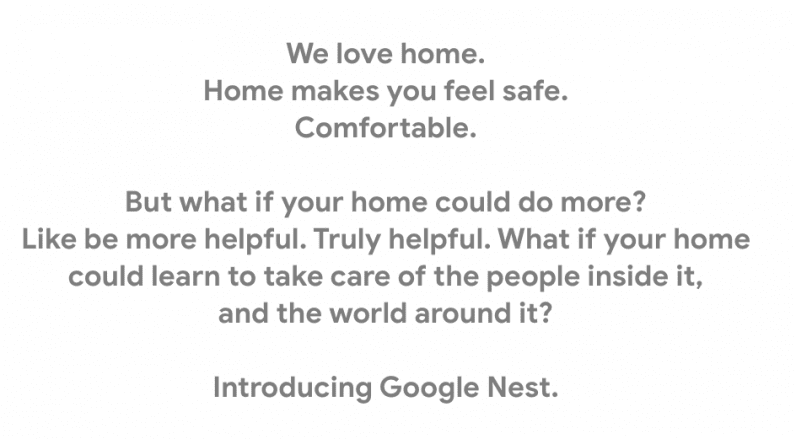I could write a 1,000-word post naming all of the things a great piece of content should be: succinct, actionable, emotional, etc. The list of adjectives is massive. But there’s one I always come back to — one that applies to every single thing you’ll ever write.
Content needs to be obviously relevant to its audience.
Sometimes we get caught up in what we want to say, we forget to ensure the readers will be able to see themselves in what we create.
I’ll explain why this is so important and how you can incorporate this principle in all types of content.
The importance of relating to your audience
People listen and engage more when they “see themselves” in the content you’ve produced. After all, something isn’t newsworthy unless it impacts people, right?
Consider some of the qualities of newsworthiness that journalists consider:
- Timeliness (how recently something happened)
- Proximity (how close by something happened)
- Impact (how many people were affected and how much were they affected)
News is about reporting on events, trends, and other phenomena that will somehow impact readers in some significant way.
To demonstrate this, here’s a list of articles from the last six months on the topic of personal finance that got the most engagement.

Whether it’s as broad as Americans with student debt or as narrow as FaceApp users, there is a specific audience who will read these headlines and think, hey, that’s me.
There are two avenues I’d recommend when you’re trying to come up with widely appealing and relatable content ideas to get your brand name out there.
Relating through emotions
If you looked up the last thing you shared with a friend or loved one, odds are you had some kind of an emotional reaction to the content. Humans are empathetic, which is why emotional connection is a wonderful way to relate to others.
People strongly respond to content where they feel something. You see it in viral content all the time. The actual event or circumstance doesn’t have to be something you directly relate to, but if you’re relating to your audience through a shared experience or emotion, that’s just as powerful — or even more so.
Let’s take shared surprise, for example.
Similar to #TheDress debacle, a photo of Vans shoes blew up on social media because some people saw them as teal and gray and the others as pink and white. The confusion, disbelief, and lighthearted debating was shared by thousands.
And sometimes all it takes is shared joy and humor.
this is the best tiktok i've ever seen in my entire LIFE pic.twitter.com/h7Q4TVO8qd
— ☆☽ ???????? ☾☆ @UNDEAD HYPE (@_glittergoth) August 16, 2019
TikTok in particular tends to have viral content that’s funny and instills happiness in viewers. Marketers and content creators shouldn’t underestimate the power of these types of shared emotional experiences.
How to utilize this strategy: According to our research, positive emotions in particular are most present in viral content. That doesn’t mean you should overlook the negative emotions (which can certainly work to engage people), but don’t forget that positive ones can have the same impact.

Relating through demographics
There are different ways to see yourself in content. Sometimes you see yourself in it because it’s talking about an emotion you’ve felt, or a situation you’ve been in, or even something you want to do but haven’t yet.
Other times, it’s much simpler. You see yourself in the content because it’s using a label you’ve assigned to yourself. This is often called ego-bait.
It’s partially why millennial content does so well, in my opinion. Millennials themselves often can’t help but click on a headline that features their generation in the headline, because they want to know what people are saying about them this time.

But there’s not just age. Geography works great, too, as illustrated in this project my team created for Porch.com.

How to utilize this strategy: For any dataset you have, don’t forget to do a demographic analysis to see if there are any differences between different geographic locations, genders, age groups, and more. You could unearth brand new insights you didn’t even think about before.
Tools like Tableau Public and Flourish can help you analyze and visualize data if you’re like me and aren’t a data analysis or graphic design expert.
Relatable content at the middle/bottom of the funnel
You can certainly still relate to emotions and demographics in content that’s designed for further down the funnel. Emotions, in particular, should be examined. Consider what emotions your potential customers might currently be feeling as well as how you want them to feel after engaging with your product or service.
This touches on my primary recommendation for relatable content at this point in the funnel: resolve conflict.
Conflict is the center of nearly everything: Every story, every decision, every action. When there are multiple options present — whether you’re deciding on an ice cream flavor or a new company to work for — some level of tension will exist. And the more tension there is (because the choice is hard to make), the stronger the content will need to me, and the more confidence it will need to instill in the reader.
So you better make it clear very quickly that you recognize the conflict your reader is facing and that you have a resolution for that conflict.
Buy Me A Coffee presents a great example of accomplishing this goal right when someone lands on your webpage.

Now let’s see a couple of these elements in action for a more expensive product.

It specifically mentions feeling safe and comfortable as being related to the home, triggering readers to feel invested in what else they’re about to say. Then the copy suggests that a home could be even more than those two important things, and Google Nest can make it happen.
The problem is more inferred here — your home isn’t reaching its fullest potential — but it’s there all the same.
How to utilize this strategy: Understand every problem your potential clients/customers/readers have.
I’m sure you already know some, but there are probably other, less obvious ones. Use tools like BuzzSumo, Answer the Public, and UberSuggest to better understand what people are searching for and asking online. This is an excellent way to gain insight into what’s troubling them.
For example, using UberSuggest and our home security example, these two keywords reveal two problems.

When you have hints at problems like this, dig deeper by searching these terms in Google and exploring what people also searched for. You can also ask your current clients/customers if these problems resonate with them and why.
Conclusion
Don’t focus on what you want your audience to know about your product or service. Focus on how your product or service will emotionally resonate with your audience, help them feel part of a bigger whole, or solve problems they’ve been facing.
As a fun, relevant exercise, pause the next time you see content that engages you. If you read an entire article or watch a whole video, ask yourself what it was about that content that you found relatable. Learning from examples is one of the best ways to get in the habit of producing this kind of effective content yourself.
Get the TNW newsletter
Get the most important tech news in your inbox each week.





